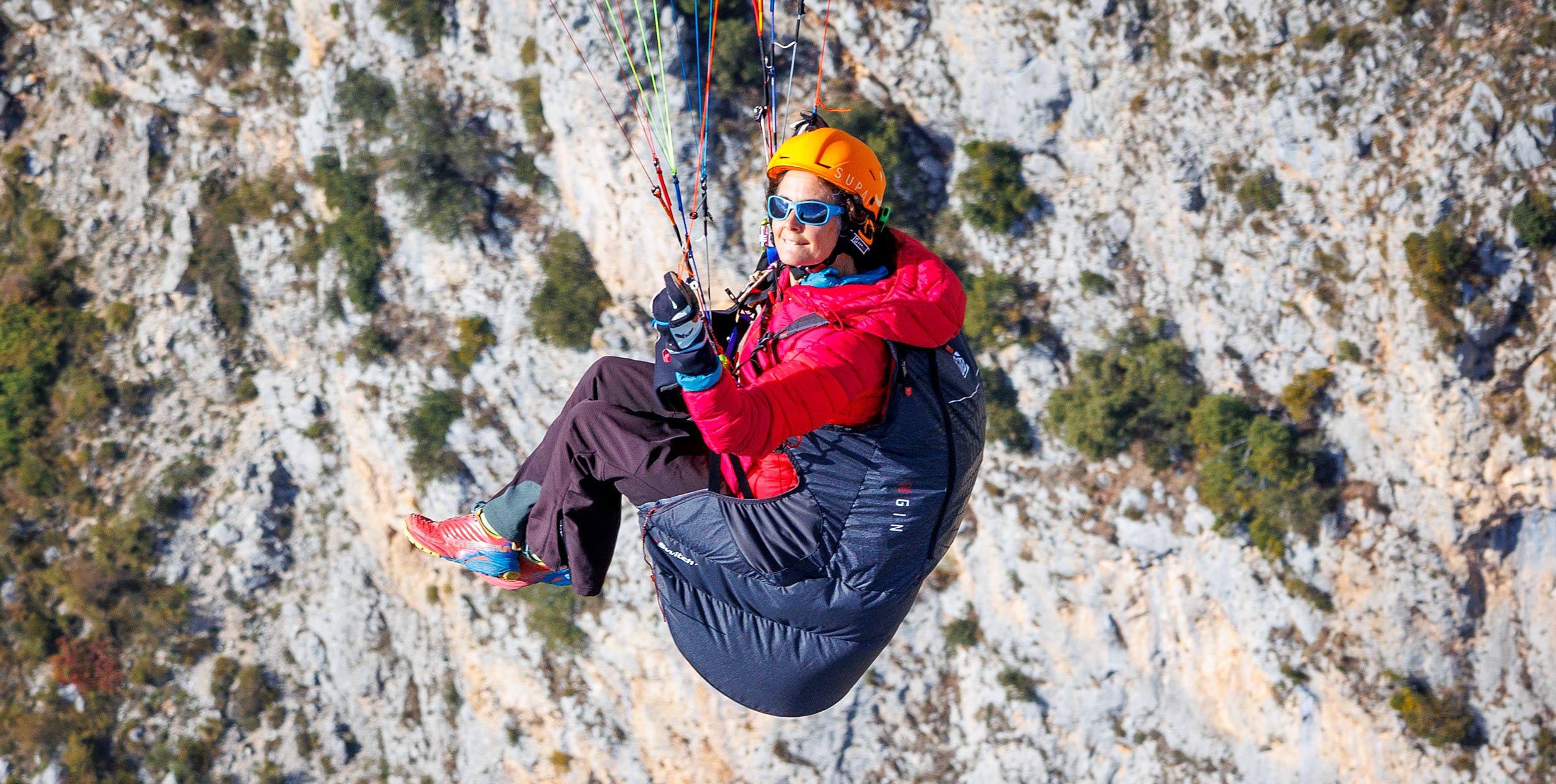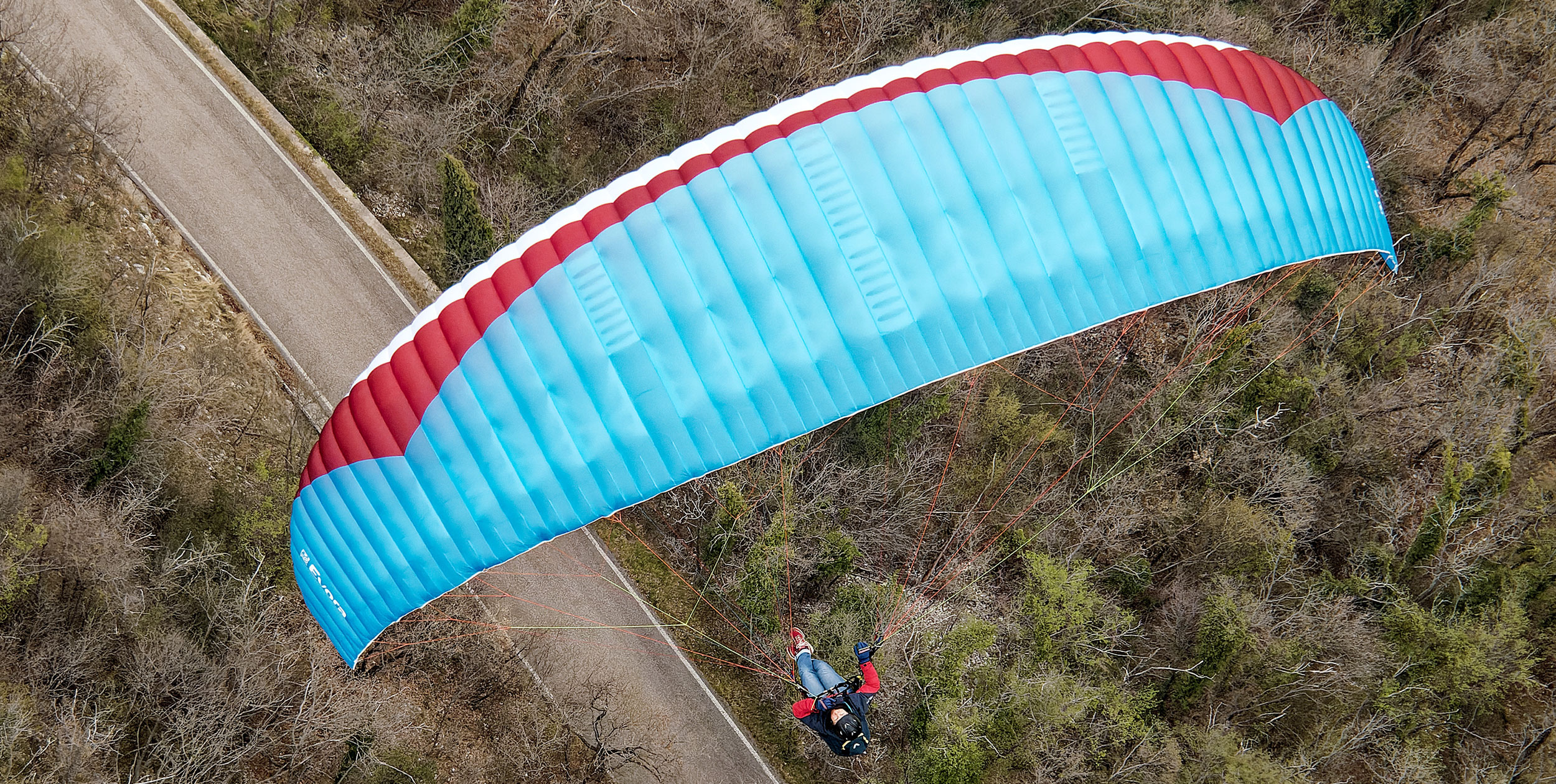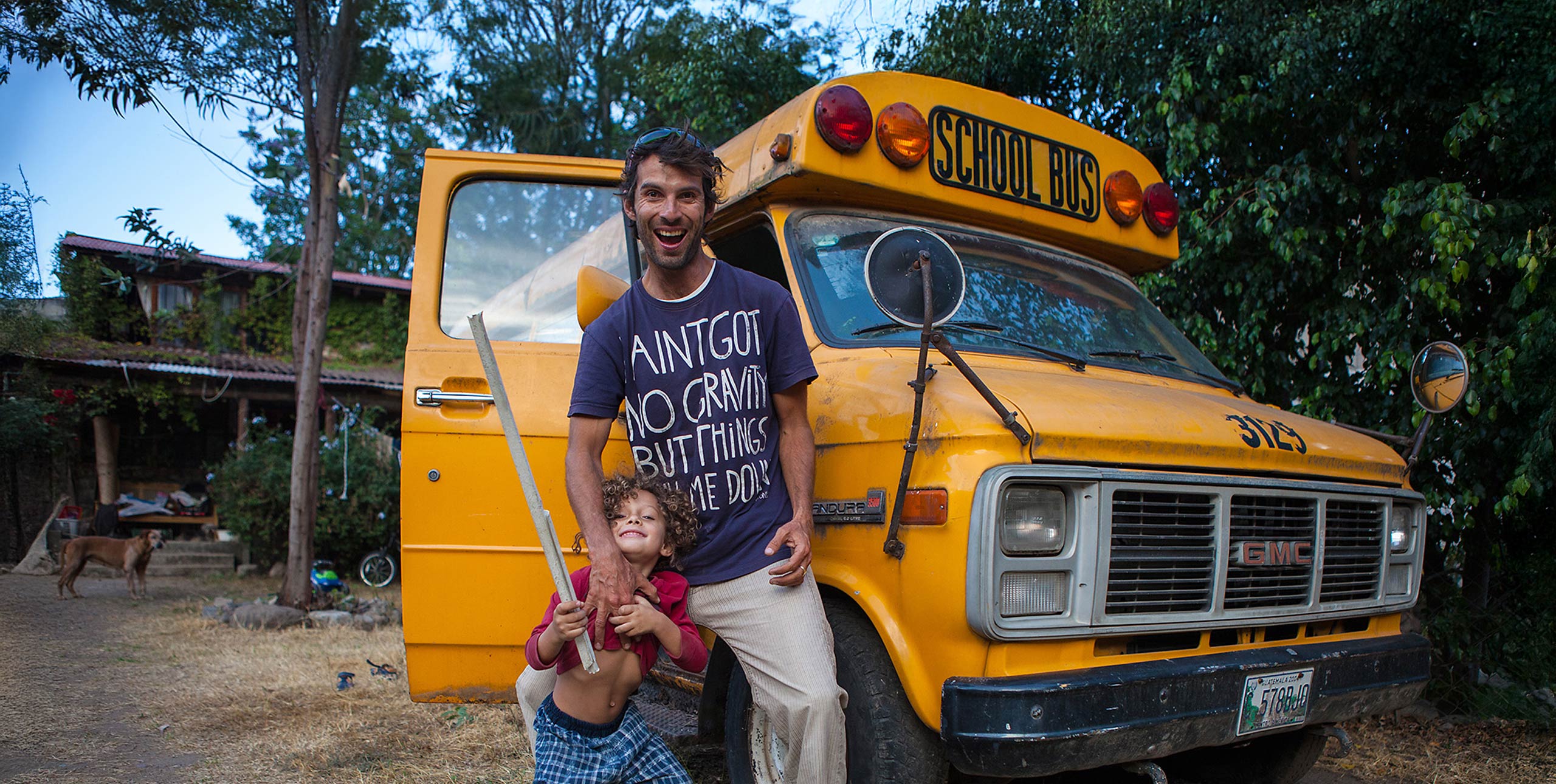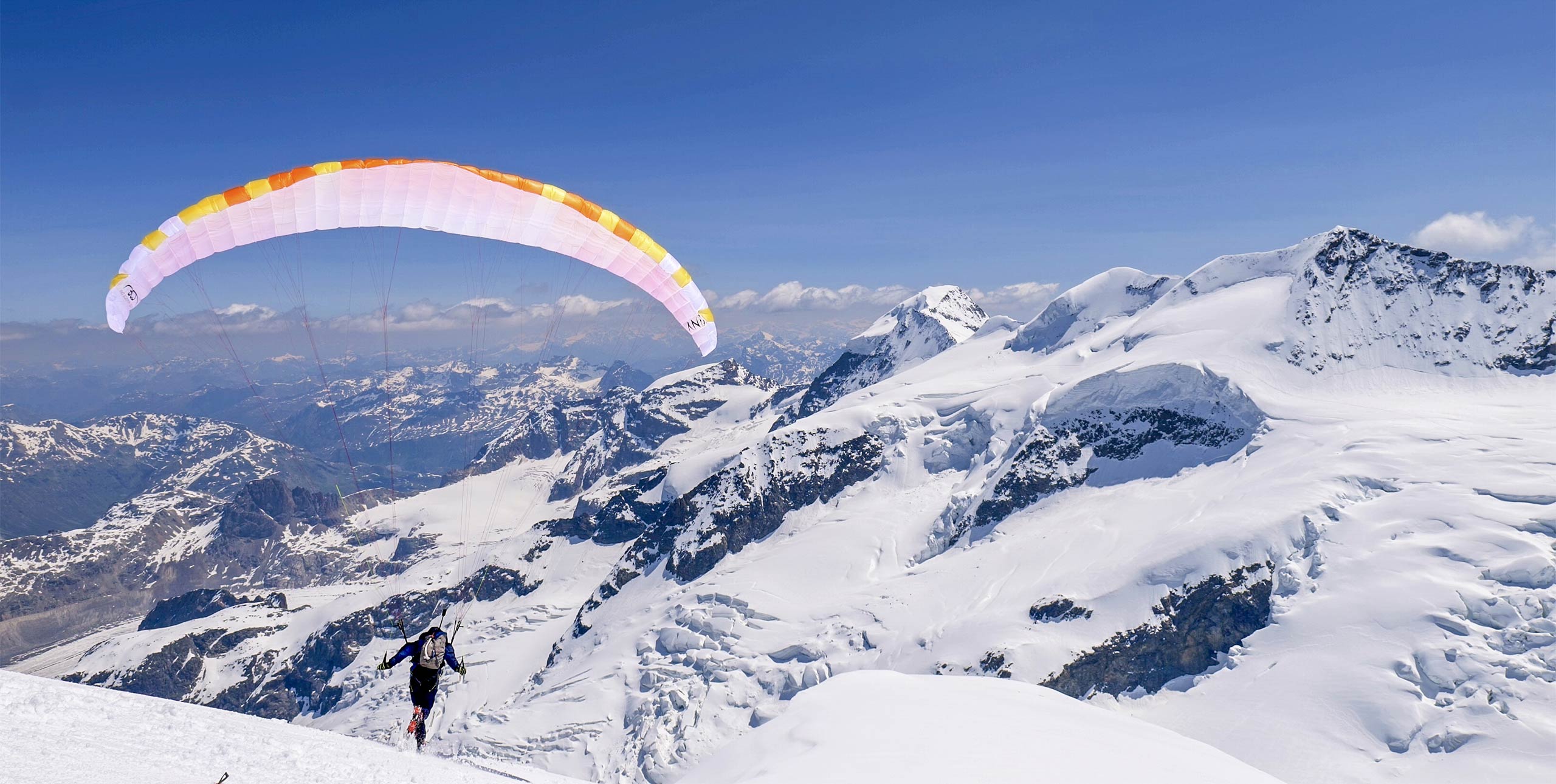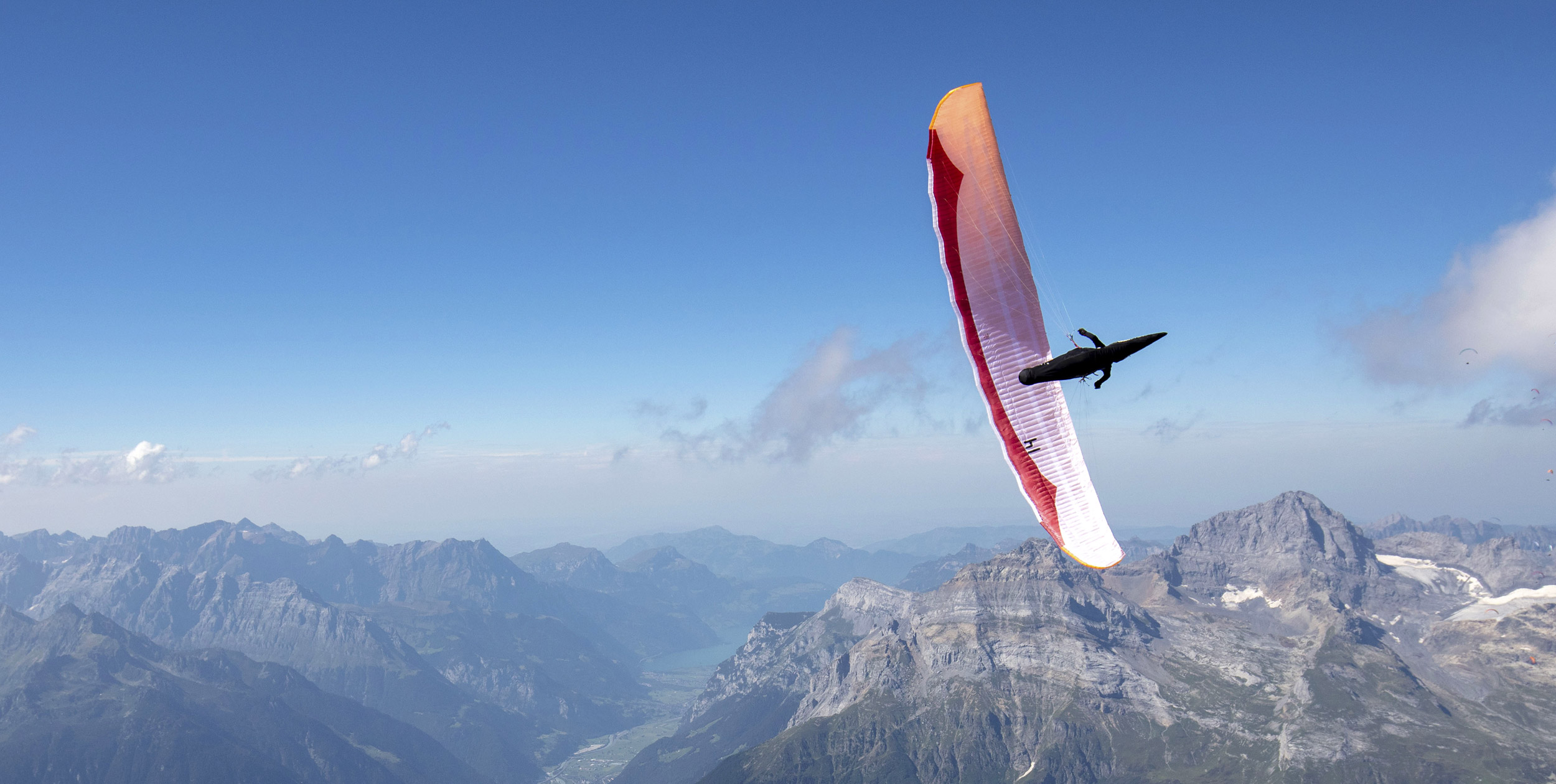
Boomerang Z: Interview with Gin Seok Song
11 August, 2021The experimental Gin Boomerang Z made its debut early in 2020 at the Swiss Open and then appeared again at the Paragliding World Cup in Disentis in August. This high-spec prototype competition glider is a project from Gin Gliders in South Korea, and it turned heads because of its distinctive leading edge – it’s wavy.
The shape is inspired by the tubercles – small rounded projections – on the fins of the humpback whale. It’s an idea that has been experimented with before in paragliding, and more recently applied in surfing and in prototype wind-turbine blades. We asked legendary Gin Gliders owner and designer Gin Seok Song all about the design.

Gin, where does this idea come from?
It’s inspired by nature. Several academics have conducted research on the tubercles of the humpback whale. A professor at UNIST (Ulsan National Institute of Science and Technology, South Korea) who has been doing various paraglider-related studies with us also published a thesis on the tubercle of the humpback whale. He suggested that we work on this project together, and we were willing to participate in the development.
What’s he studying?
The following is a summary of some of the thesis. “Living creatures have long evolved through natural selection to cope with the surrounding environment. The humpback whale is known as one of the most acrobatic whales in spite of its huge size, and it has been suggested that this agility results from the use of large pectoral flippers which have rounded tubercles along the leading edge.
“Leading-edge tubercles in humpback- whale pectoral-flippers delay the stall, increase the maximum lift coefficient, and increase the lift and decrease the drag in the post-stall region.
“Tubercles on the leading edge of a paraglider increase lift for all angles of attack (0°-20°) and decrease drag at low angles of attack (0°-8°). The reason tubercles increase lift and decrease drag is they generate streamwise vortices, and the airflow separation point in the wing is delayed.”
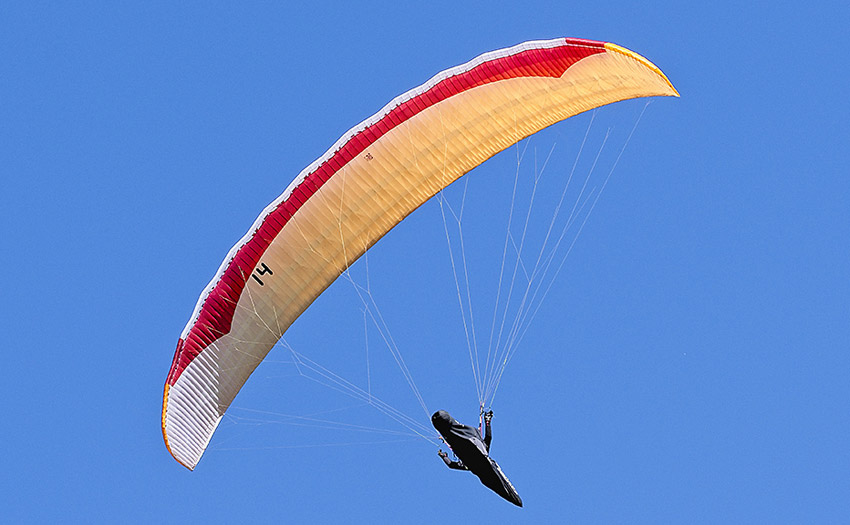
So you have been working to put that into practice?
Yes. Of course, it’s an experiment that requires a lot of time and effort, which has not been helped by the current world situation. The university applied for a patent jointly with us as we started the research to apply this tubercle to the leading edge of a paraglider. We applied for all regions including Korea and Europe.
How difficult is it to build?
The physical manufacturing process of this wing is not that difficult. However, since the shape of the leading edge is very different, it is difficult to make a clean leading edge by the method that has been designed so far. The structural pressure in the span direction acts differently, so the design method must be considered differently.
How much testing have you done?
A lot of time was spent experimenting in the wind tunnel. Because there are so many variables when applying tubercle parameters to a paraglider’s leading edge, finding an optimised design requires a lot of experimentation. Many students have taken part in 3D modelling, wind-tunnel testing, and analysing the results. From all of those, the model with good results was selected to be made and tested for flight. This process is still going on, until an optimised model is found.
How does it perform in the real world, compared with theory?
The results of the wind tunnel experiment and reality are slightly different. The experiments in the wind tunnel are done with a solid 3D model, but of course the actual wing is made of fabric and the structure of many parts is made of complex diagonals, so the wing has more deformation than the actual model. However, through the experiments so far, it has been confirmed that the tubercle sufficiently changes the airflow.
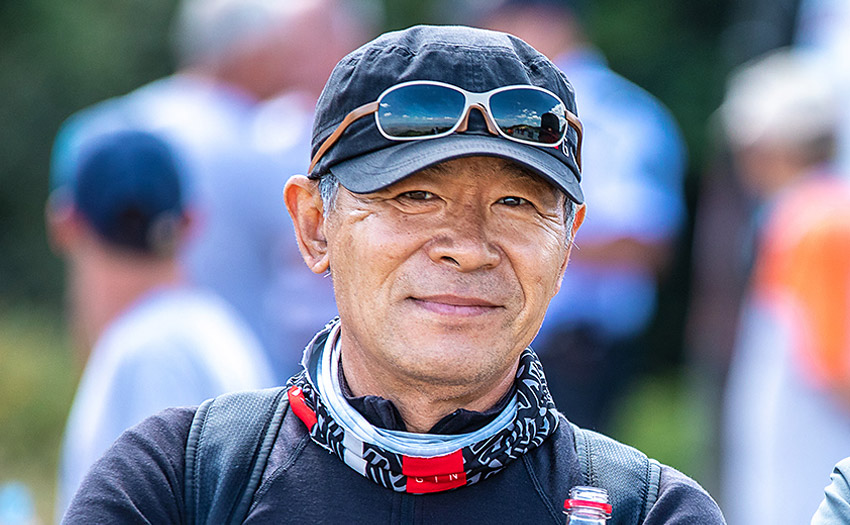
Are you happy with it? Or is there more work to be done?
We are learning so much from this experiment, and we are having a very interesting time because the results of this experiment are positive. We are preparing for a second wind tunnel experiment. I’m so excited.
Is the aim to see it in production? Or is it just a prototype?
Our goal is not to end with an experiment, but to apply tubercle technology to real products. This is to introduce a better wing and a very easy-to-handle paraglider with outstanding performance to the market.
This interview was published in issue 214 (October 2020)


